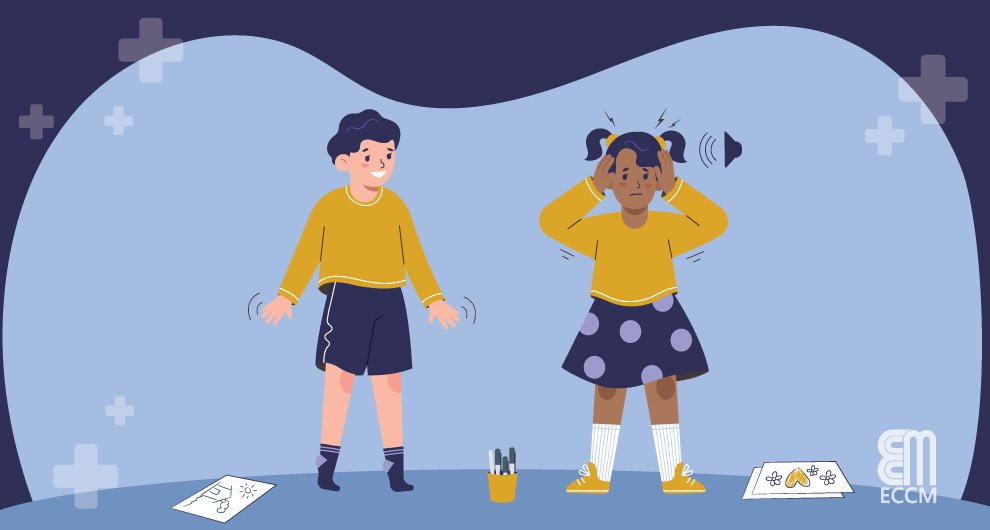A Guide to Stimming in Autism: What It Is and What You Can Do
If you have a loved one with autism spectrum disorder (ASD), you may have noticed certain repetitive behaviors that they engage in regularly. These behaviors, known as stims or stimming, are a common feature of ASD. While stimming in autism can become a concern for caregivers, it is important to fully understand what it is and how to support your loved one in a healthy, constructive way.
What are Autism Stims?
Autism stims, short for self-stimulating behaviors, encompass a wide range of repetitive actions that individuals with autism engage in. These behaviors can vary greatly from person to person but often involve actions like hand/arm flapping, finger flicking, rocking back and forth, or tapping objects. Behaviors resulting from stimming in autism typically revolve around either a specific object (i.e. a rubber band or string) or repeated activities related to their senses, such as touching a particular object.
The reasons behind stimming can be quite diverse. It may include the desire for sensory stimulation, but it also has the potential to be a coping mechanism for stress and anxiety. In other cases, stimming is a form of self-expression, utilized simply for enjoyment. It's essential to understand that stimming is not necessarily a negative behavior, and it can be a pleasant, stress-relieving activity for the individual.
Types of Stimming in Autism
Behaviors of stimming in autism can be categorized into several different types, each relating to specific sensory experiences.
Verbal or Auditory Stimming
Verbal or auditory stimming involves repetitive vocalizations or actions related to hearing. Examples of this type of stimming may include repetitive speech, covering one’s ears when there is a loud noise, or humming.
Visual Stimming
Visual stimming includes repetitive actions and behaviors related to the sense of sight. This may manifest as staring at specific objects, blinking repeatedly, or hand flapping.
Tactile Stimming
Tactile stimming revolves around the sense of touch. Individuals may engage in behaviors like finger tapping, repetitive hand motions, or rubbing objects for tactile satisfaction.
Vestibular Stimming
Vestibular stimming is defined as any movement that stimulates the inner ear's balance system. This can include rocking side to side, jumping, or spinning in circles.
Taste Stimming
Taste stimming occurs whenever an individual engages in the repetitive tasting or smelling of non-edible objects; this can include everything from clothing to pens to one’s own hands.
How to Reduce Stimming Behaviors in Autism
It's crucial to recognize that stimming, in many cases, is not necessarily a problematic behavior. For many individuals with autism, stimming can be a source of comfort and a means to cope with the challenges they face. However, stimming can become more dangerous in some situations, leading to self-injury (i.e., scratching or head-banging). In such cases, intervention and support are necessary.
To determine whether intervention is needed, ask yourself the following questions:
- Does the stimming behavior limit the individual's opportunities in life, such as social interaction, education, or employment prospects?
- Is the stimming behavior causing significant stress or affecting the individual's ability to learn or function effectively in daily life?
If the answer to these questions is affirmative, it's essential to seek support and guidance. Here at ECCM, we will help you navigate the journey of care coordination through our team of professional therapists and behavioral specialists. Your loved one will receive the necessary care to modify or redirect the stimming behavior into a form that ultimately contributes to their well-being and a higher quality of life.
Stimming Vs. Tics: What’s the Difference?
It's important to distinguish between stimming and tics, as they are entirely different experiences.
Stimming in autism is often a voluntary, repetitive behavior that individuals engage in to self-soothe, express emotions, or promote sensory satisfaction. It often serves a positive purpose in the individual's life.
Tics, on the other hand, are typically involuntary movements or sounds that individuals with conditions like Tourette's Syndrome experience. They are challenging to repress and can negatively affect a person's daily life, often occurring when the individual is relaxed.
Empower Your Loved Ones with ECCM!
Together, we can make a positive impact on your loved one's life. Contact us today to connect to an ECCM representative in your county, who will help develop a support plan tailored to their unique needs.

